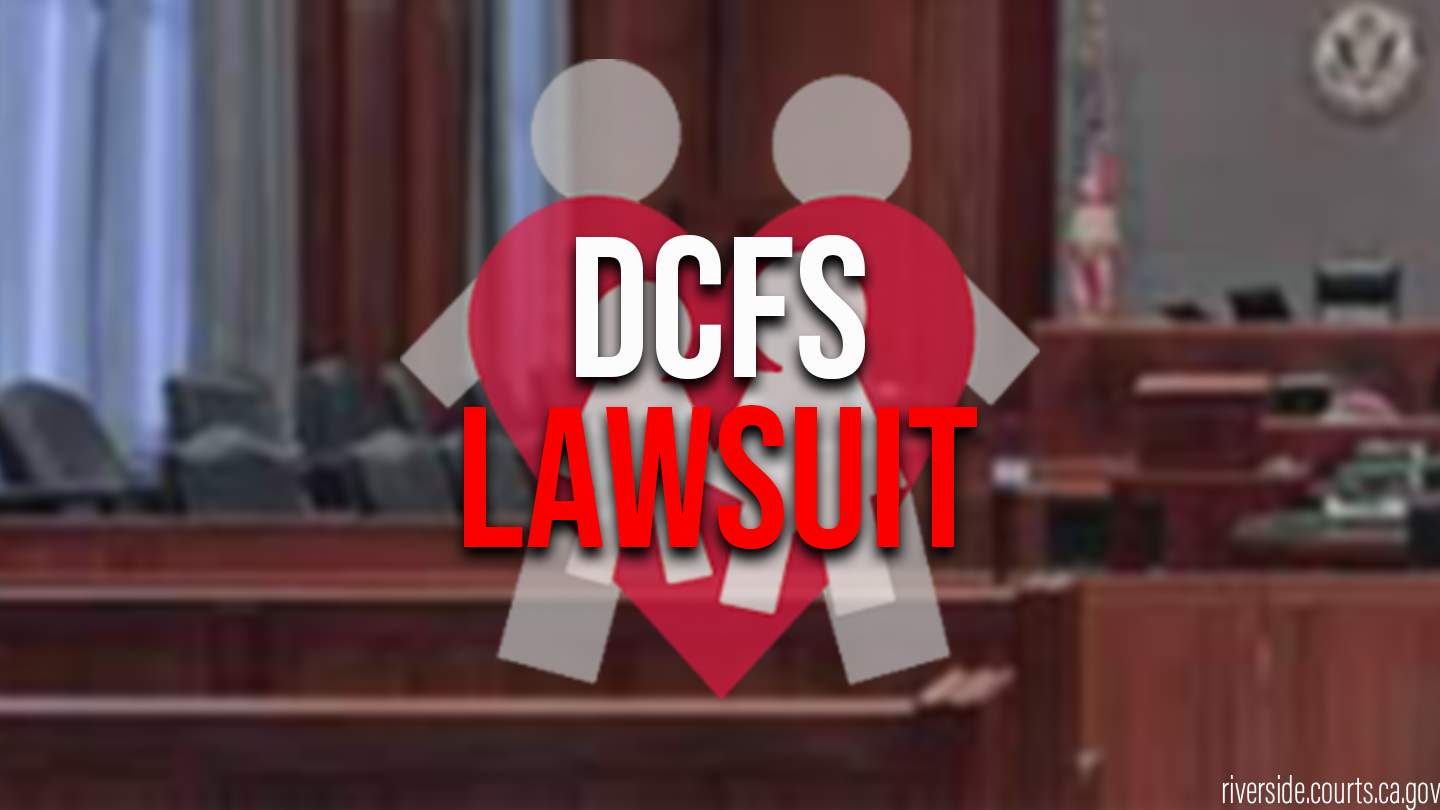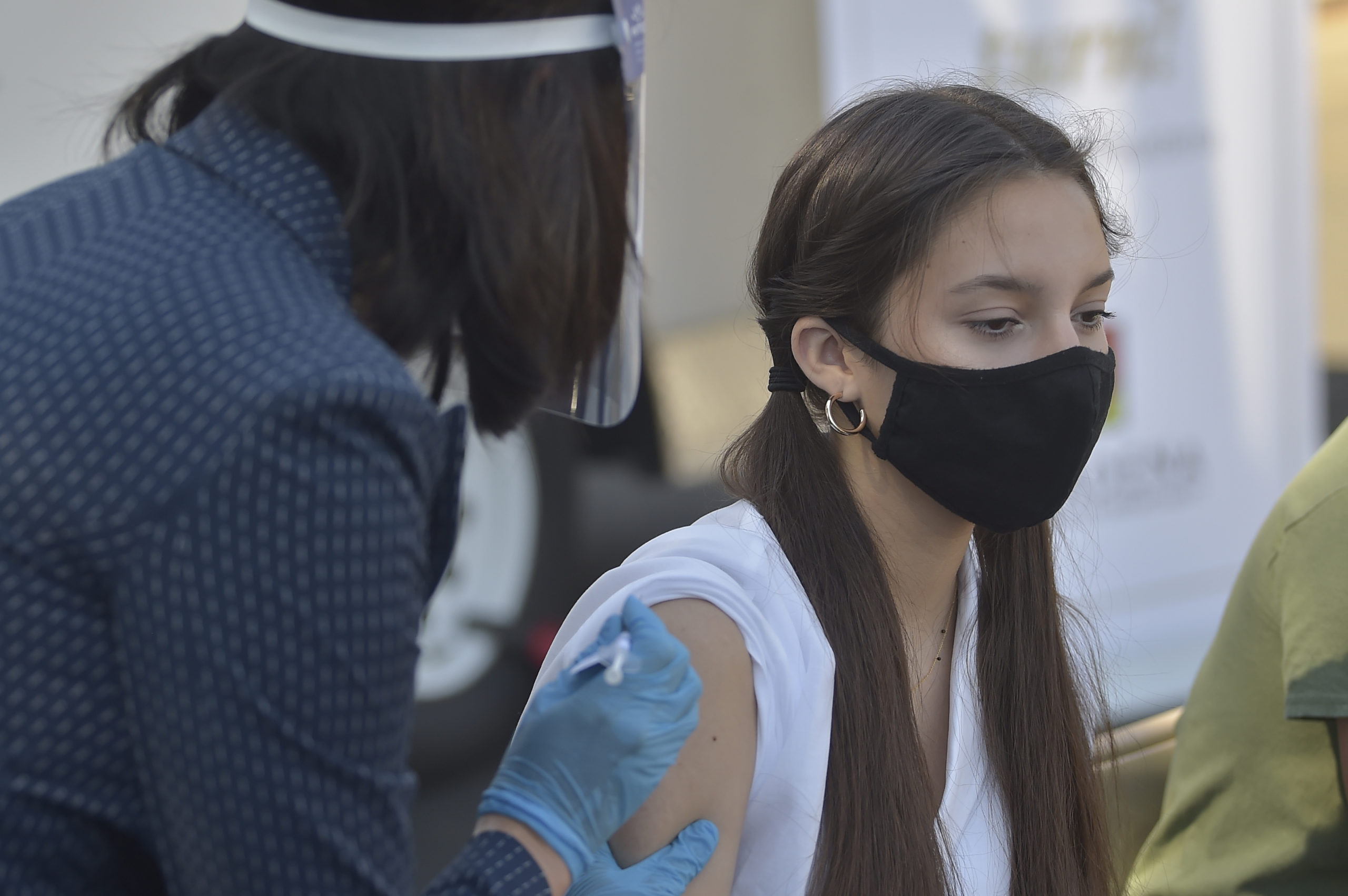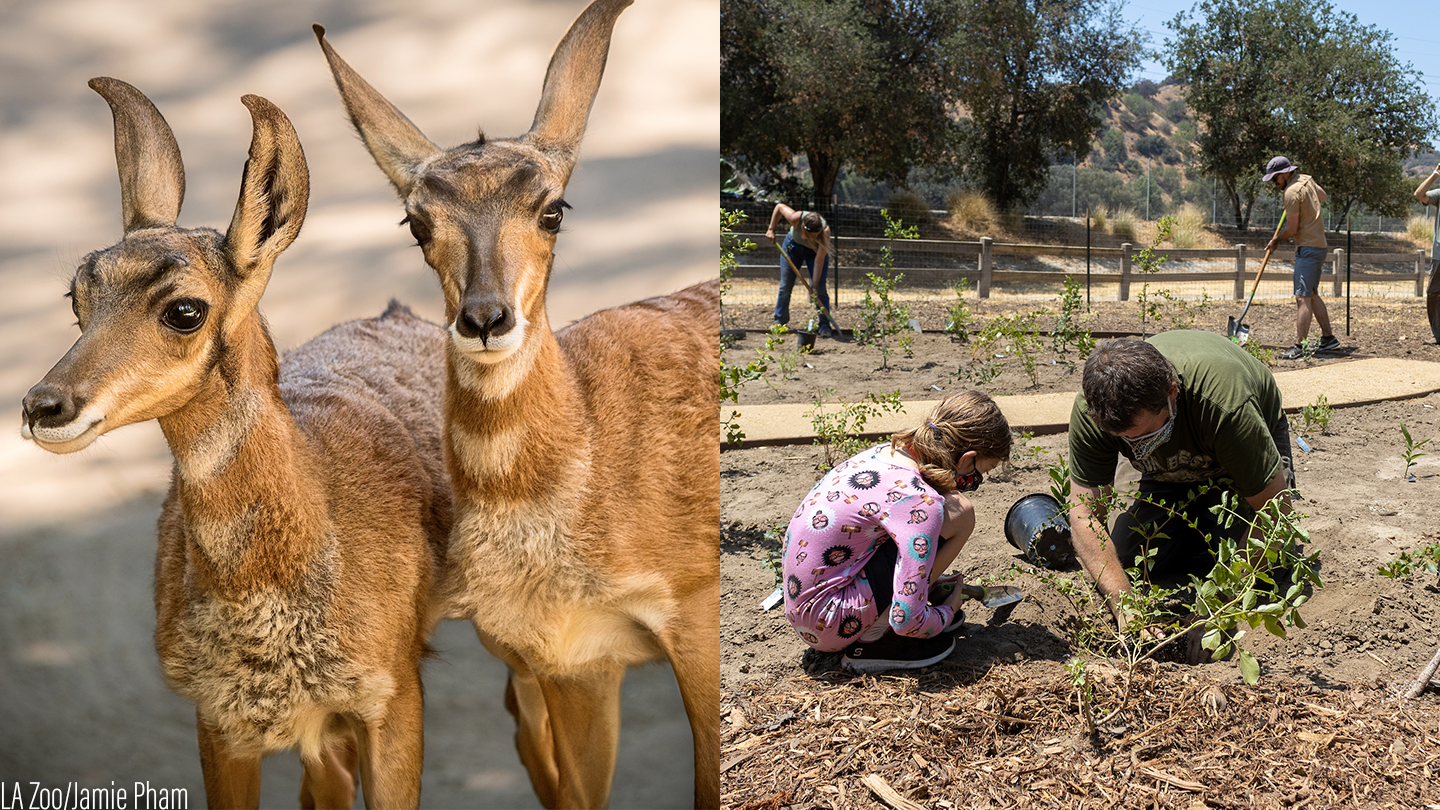More than one in five California adults said they never or only sometimes followed state COVID-19 health guidelines, according to new data from UCLA’s 2021 California Health Interview Survey.
With state vaccination rates slowing and guidelines on mask wearing changing, the UCLA Center for Health Policy Research study sheds light on residents’ views on getting the vaccine and following suggested safety protocols.
The 2021 CHIS COVID-19 Preliminary Estimates Dashboard, which uses survey data collected during March and April, introduces questions on risk reduction behaviors such as frequency of wearing face coverings, hand-sanitizing or washing, and whether respondents practiced physical distancing or gathered with people who weren’t in their household.
The survey also continued to ask about whether they would get the vaccine and if they had already received at least one dose. Personal impact questions, such as whether respondents lost their job or had difficulties paying for rent or mortgage and basic needs, were also asked.

“Policymakers, health experts, community organizations, researchers, and others look to the California Health Interview Survey for credible and comprehensive data on the health of Californians,” said Ninez Ponce, director of the UCLA center and CHIS principal investigator. “Following various safety precautions is a vital part of the state’s recovery from COVID-19, so the information provided can help groups who are trying to increase vaccination rates, give financial assistance, or simply access resources on staying healthy as we make our way out of this pandemic.”
Key findings include:
- More than half of California adults said they did gather with people outside of their household when the state guidelines were still in effect;
- More than one in five California adults said they never or only sometimes followed state guidelines;
- Adults who would not get the vaccine were less likely to follow state and local guidelines;
- More than one in 10 — 12% — adults stated that they would not get the vaccine;
- The poorest adults were more likely to report that they would not get the vaccine, compared to adults with the highest income levels;
- Latinos were more likely than whites to ever have received a positive test result for COVID-19;
- Adults with the lowest incomes were more than twice as likely as those with highest incomes to ever test positive for COVID-19;
- Uninsured adults were more likely to have a positive test result; and
- Individuals with health insurance were twice as likely to contact a health professional when they thought they had COVID-19.
“Whether looking at different racial and ethnic groups, or other demographic factors such as income, education, or geographic region, we continue to see disparities among COVID-19 impacts especially after the winter 2020-21 case surge,” said Todd Hughes, CHIS director. “By staying on the pulse of the latest numbers, we can inform policymakers, program officials, community organizations and advocates on actionable data to bridge the gap in needs and services for every group to fulfill our mission to equity.”







